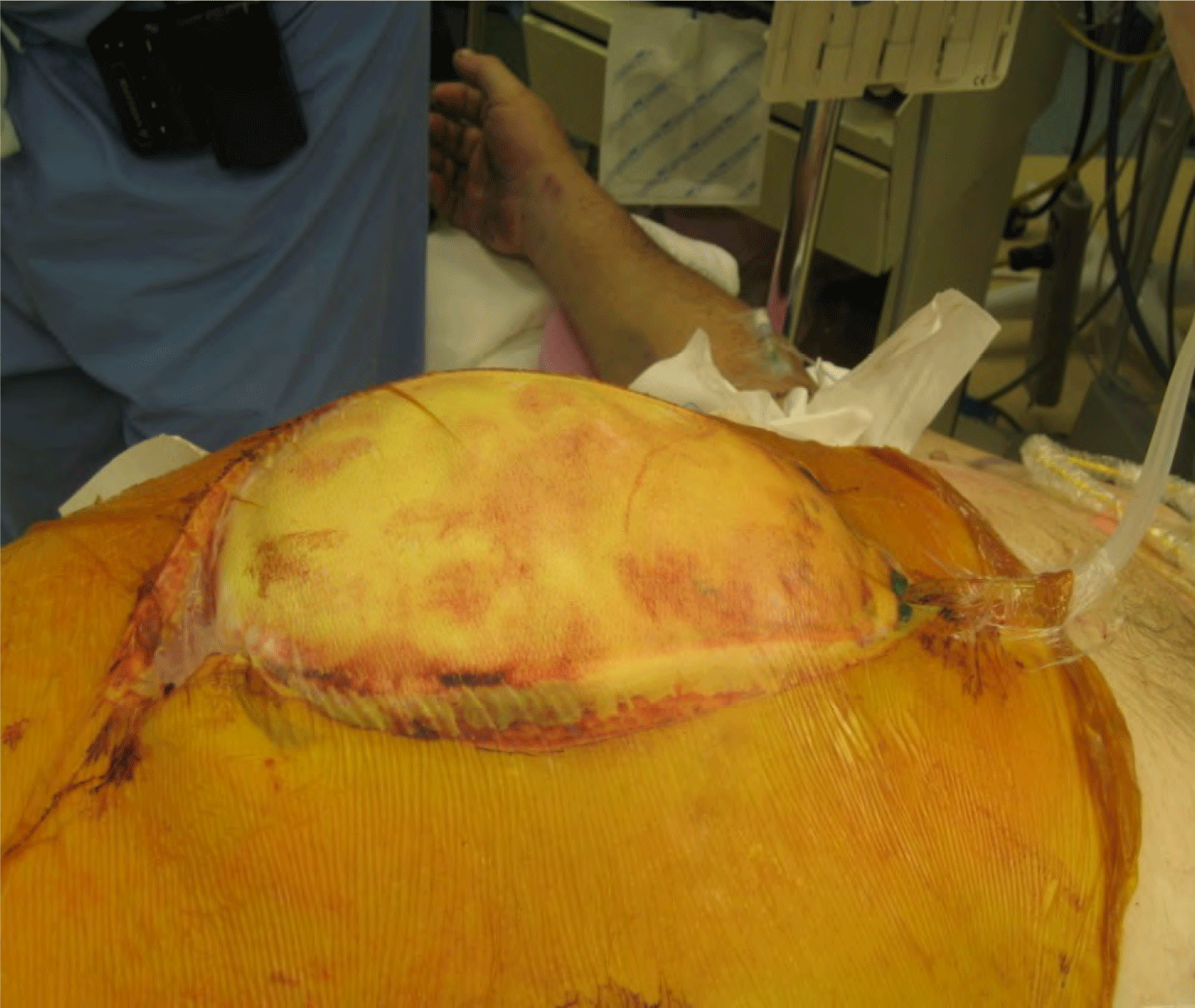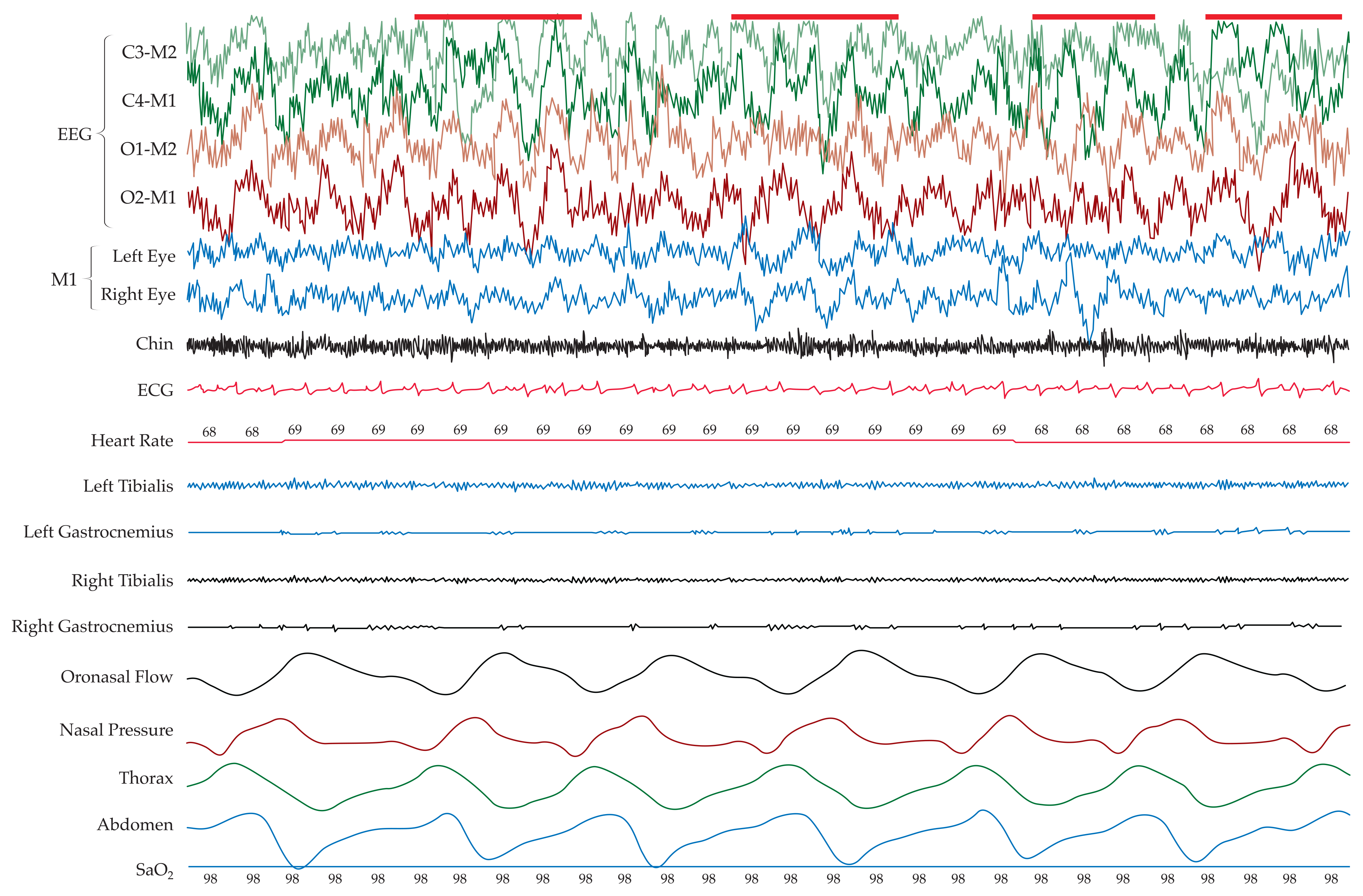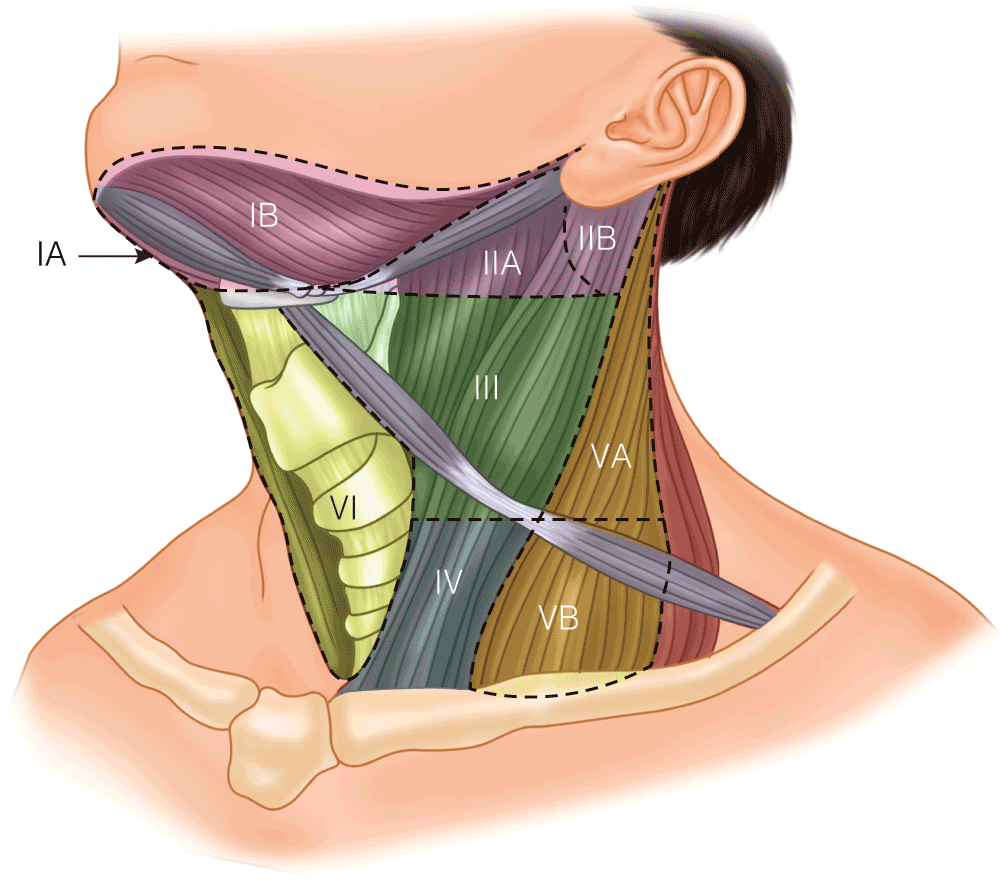Latest Updates

Equity, Inclusion, and Diversity in Healthcare
- Equity, Inclusion, and Diversity education has increasingly been integrated into medical training

Nonobstetric Surgery during Pregnancy: An Overview for Anesthesia Providers
- We provide a review of the physiologic changes during pregnancy and how they might affect non-obstetric surgery in parturients.
- We discuss pharmacology as is pertinent in parturients undergoing non-obstetric surgery.
- Specific considerations for parturients undergoing laparoscopy, trauma or non-obstetric gynecologic surgery are made.

- Compartment syndrome of the extremity is a clinical diagnosis in an awake and alert patient.
- Measurement of intracompartmental pressures should be performed in the obtunded patient or if clinical assessment is inconclusive.
- Once the diagnosis is made, emergent fasciotomy is the treatment of choice as time to fasciotomy is the most important factor determining outcome.
- Any patient with risk factors for developing abdominal hypertension should have intra-abdominal pressure assessed, preferably via intermittent or continuous transbladder pressure.
- Patients diagnosed with abdominal compartment syndrome require emergent decompressive laparotomy and the creation of a temporary abdominal closure.

- Compartment syndrome of the extremity is a clinical diagnosis in an awake and alert patient.
- Measurement of intracompartmental pressures should be performed in the obtunded patient or if clinical assessment is inconclusive.
- Once the diagnosis is made, emergent fasciotomy is the treatment of choice as time to fasciotomy is the most important factor determining outcome.
- Any patient with risk factors for developing abdominal hypertension should have intra-abdominal pressure assessed, preferably via intermittent or continuous transbladder pressure.
- Patients diagnosed with abdominal compartment syndrome require emergent decompressive laparotomy and the creation of a temporary abdominal closure.

- The MSLT is essential in documenting pathologic sleepiness (e.g., sleep-onset latency of less than 8 minutes) and in diagnosing narcolepsy. The presence of two sleep-onset REMs on four or five nap studies and sleep-onset latency of less than 8 minutes strongly suggests a diagnosis of narcolepsy in the context of an appropriate history.
- RLS is a lifelong sensorimotor neurologic disorder with a severe impact on sleep and quality of life that may begin at any age. RLS is most severe in middle-aged or elderly persons, in whom it has a chronic, progressive course. The overall prevalence of RLS for the adult population has been estimated to be about 7.2%, particularly in those of European descent, but the prevalence of the most severe cases (severe symptoms occurring at least two nights a week) is approximately 2.7%
- For transient insomnia or insomnia of short duration, treatment with sedative-hypnotics (e.g., zolpidem, zolpidem extended release, zolpidem tartrate sublingual tablets, zaleplon, eszopiclone, or low-dose doxepin) or short- or intermediate-acting benzodiazepines (e.g., temazepam), as well as ramelteon, a melatonin receptor (MT1 and MT3) agonist, for a few nights to a few weeks is appropriate.

- The MSLT is essential in documenting pathologic sleepiness (e.g., sleep-onset latency of less than 8 minutes) and in diagnosing narcolepsy. The presence of two sleep-onset REMs on four or five nap studies and sleep-onset latency of less than 8 minutes strongly suggests a diagnosis of narcolepsy in the context of an appropriate history.
- RLS is a lifelong sensorimotor neurologic disorder with a severe impact on sleep and quality of life that may begin at any age. RLS is most severe in middle-aged or elderly persons, in whom it has a chronic, progressive course. The overall prevalence of RLS for the adult population has been estimated to be about 7.2%, particularly in those of European descent, but the prevalence of the most severe cases (severe symptoms occurring at least two nights a week) is approximately 2.7%
- For transient insomnia or insomnia of short duration, treatment with sedative-hypnotics (e.g., zolpidem, zolpidem extended release, zolpidem tartrate sublingual tablets, zaleplon, eszopiclone, or low-dose doxepin) or short- or intermediate-acting benzodiazepines (e.g., temazepam), as well as ramelteon, a melatonin receptor (MT1 and MT3) agonist, for a few nights to a few weeks is appropriate.

- The MSLT is essential in documenting pathologic sleepiness (e.g., sleep-onset latency of less than 8 minutes) and in diagnosing narcolepsy. The presence of two sleep-onset REMs on four or five nap studies and sleep-onset latency of less than 8 minutes strongly suggests a diagnosis of narcolepsy in the context of an appropriate history.
- RLS is a lifelong sensorimotor neurologic disorder with a severe impact on sleep and quality of life that may begin at any age. RLS is most severe in middle-aged or elderly persons, in whom it has a chronic, progressive course. The overall prevalence of RLS for the adult population has been estimated to be about 7.2%, particularly in those of European descent, but the prevalence of the most severe cases (severe symptoms occurring at least two nights a week) is approximately 2.7%
- For transient insomnia or insomnia of short duration, treatment with sedative-hypnotics (e.g., zolpidem, zolpidem extended release, zolpidem tartrate sublingual tablets, zaleplon, eszopiclone, or low-dose doxepin) or short- or intermediate-acting benzodiazepines (e.g., temazepam), as well as ramelteon, a melatonin receptor (MT1 and MT3) agonist, for a few nights to a few weeks is appropriate.



.png)







